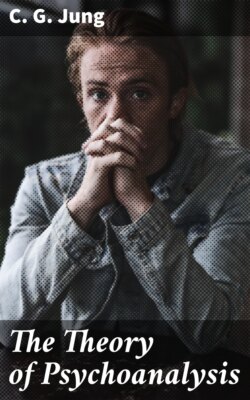Читать книгу The Theory of Psychoanalysis - C. G. Jung - Страница 5
На сайте Литреса книга снята с продажи.
A Change in the Theory of Psychoanalysis
ОглавлениеTable of Contents
Although it has very often been repeated, it seems to be still an unknown fact to many people, that in these last years the theory of psychoanalysis has changed considerably. Those, for instance, who have only read the first book, “Studies in Hysteria,” by Breuer and Freud, still believe that psychoanalysis essentially consists in the doctrine that hysteria, as well as other neuroses, has its root in the so-called “traumata,” or shocks, of earliest childhood. They continue to condemn this theory, and have no idea that it is fifteen years since this conception was abandoned and replaced by a totally different one. This change is of such great importance in the whole development of psychoanalysis, as well for its technique as for its theory, that I must give it in some detail. That I may not weary you with the complete recitation of cases already well known, I will only just refer to those in Breuer and Freud’s book, which I shall assume are known to you, for the book has been translated into English.[1] You will there have read that case of Breuer’s, to which Freud referred in his lectures at Clark University. You will have found that the hysterical symptom has not some unknown organic source, but is based on certain highly emotional psychic events, so-called injuries of the heart, traumata or shocks. I think that now-a-days every careful observer of hysteria will acknowledge from his own experience that, at the root of this disease, such painful events are to be found. This truth was already known to the physicians of former days.
